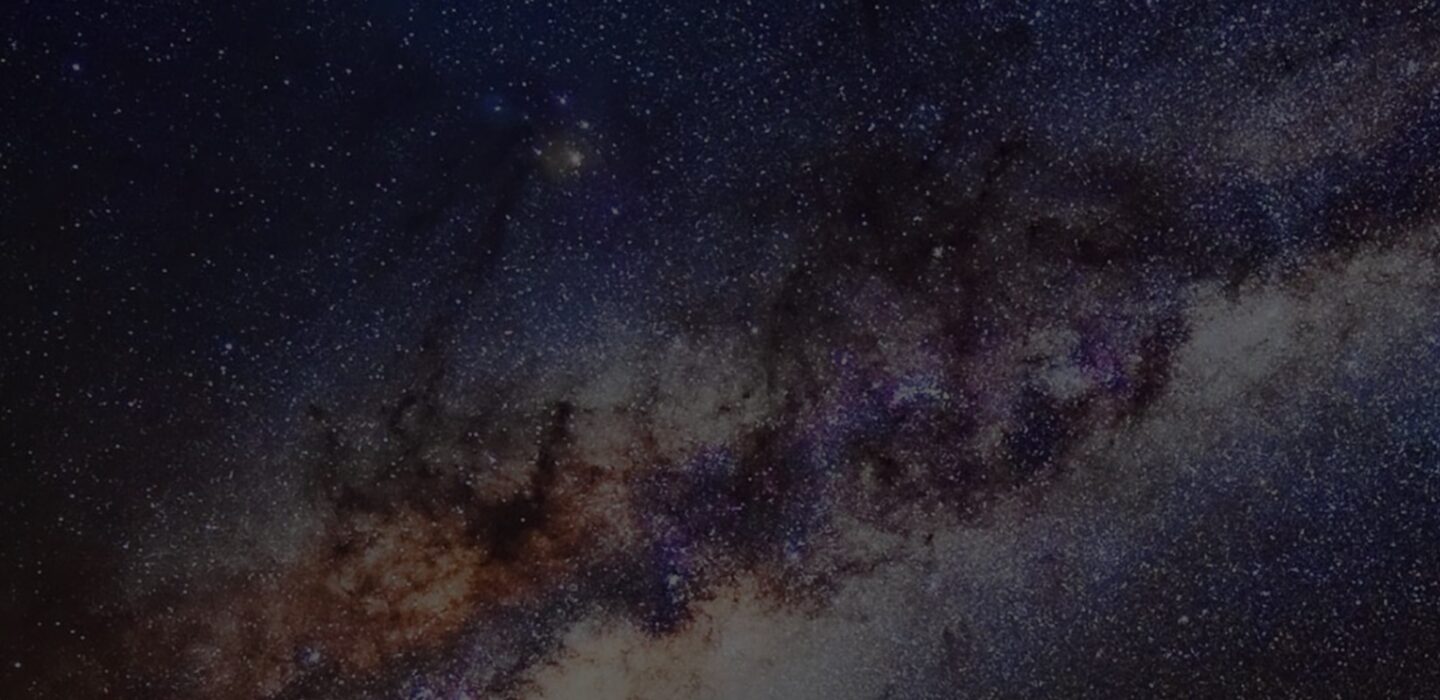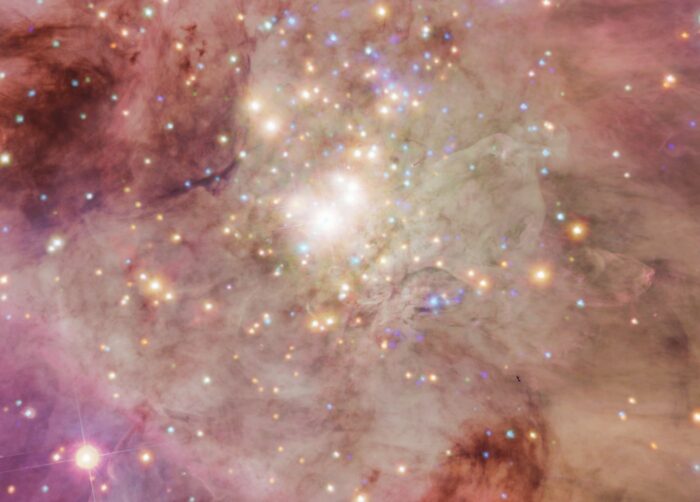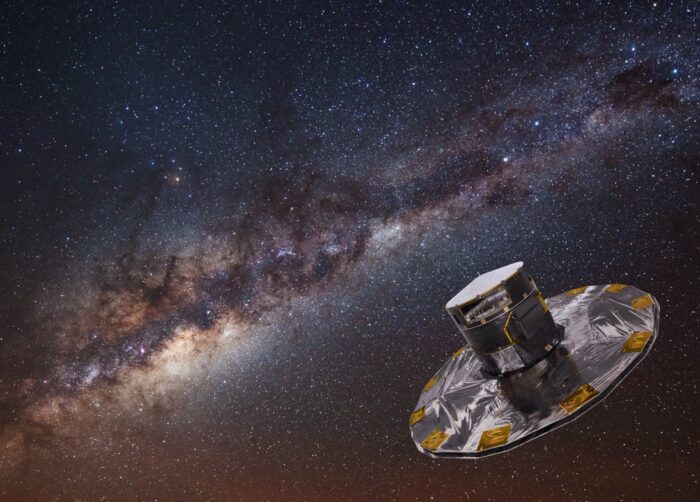Stars in the Milky Way

All galaxies are made from stars but only the Milky Way’s stars are close, and hence bright enough, for astronomers to study them in great detail, both individually and in large samples.
Collectively, stars hold the key to understanding their galaxy’s formation, evolution, and current structure and composition. Individually, they provide information on how stars form and evolve, and move about the Galaxy.
MKI scientists are researching a wide range of stellar and Galactic astrophysics topics by studying the properties of stars spread across the Milky Way. They do so by carrying out telescope observations or by using stars with existing information to probe a variety of Milky Way properties.
For their observations, MKI astronomers primarily use the Magellan telescope. These data are typically supplemented with information from Gaia, JWST, and other national and international surveys and facilities. Data analysis is often combined with or entirely carried out with the latest softwares including custom machine-learning algorithms.
At MKI, stellar and galactic astrophysics is carried out with two major focus areas consisting of stars and stellar evolution and how to best use stars as tracers of e.g. the physical and chemical conditions within the first billion years, and the dark matter potential of the Milky Way.
Young stars and stellar activity
While our solar system is about 5 billion years old, young stars are still born in the large clouds of gas and dust in the Milky Way. Dr. Moritz Günther is studying stars that form today, to learn what processes control the properties of stars and stellar systems. This also helps to understand the origin of our Sun and our own planet. Given that young stars are still embedded in their native dust cloud, they are very faint in visible light. Instead, he is observing their X-ray emission, or their radio or infrared light. For some of the brightest young stars, detailed spectra can be obtained to measure the density and temperature of the gas around them; in some cases, this is material that falls into the star from a circumstellar, planet-forming disk; in other cases, this is gas in a stellar wind that is blown out from the star into the surrounding nebula.

Young stellar X-ray sources in the Orion Nebula Cloud are shown in blue and orange. These stars reside in a cloud of gas and dust which glows in response to being illuminated by bright massive stars. There are thousands of young stars in this region which also include dense, cool clouds that appear dark and block the light of the stars behind.
Credit: X-ray: NASA/CXC/Penn State/E.Feigelson & K.Getman et al.; Optical: NASA/ESA/STScI/M. Robberto et al.
Stellar archaeology – new science with old stars
Stars preserve in their atmospheres the chemical composition of the time and place of their births. Long-lived low-mass stars born soon after the Big Bang as part of the first generations of stars in the universe are still shining today in the Milky Way and its satellite dwarf galaxies. Prof. Anna Frebel and her research group are studying their chemical composition with high-resolution spectroscopy obtained with the Magellan telescopes, thus providing a direct window into the processes governing stellar nucleosynthesis, chemical enrichment processes, and the onset of the chemical evolution. This provides insights into the formation and evolution of the Milky Way and its satellite dwarf galaxies, especially when combined with kinematic analyses of their motions about the Galactic center for the past 10-12 billion years.
Tracing the structure and components of the Galaxy with stars
The dark matter halo of the Milky Way can be probed by comparing measured motions of stars within the Galaxy with theoretically predicted. Any dark matter present would have a gravitational influence on stars, thus altering their motions. Prof. Lina Necib and her research group observationally map the dark matter distribution, based on detailed knowledge of the positions and velocities of stars around the Galaxy, which has been recently provided by the Gaia space mission. They also study the formation history and matter component of the Milky Way through identifying individual stars with common motions. It indicates that they once belonged together and were gravitationally bound in a long tidally disrupted dwarf galaxy that got accreted by the Milky Way. This work particularly benefits from machine learning-based search algorithm developments and automated big data processing.

Gaia mapping the stars of the Milky Way
Credit: ESA/ATG medialab; background: ESO/S. Brunier